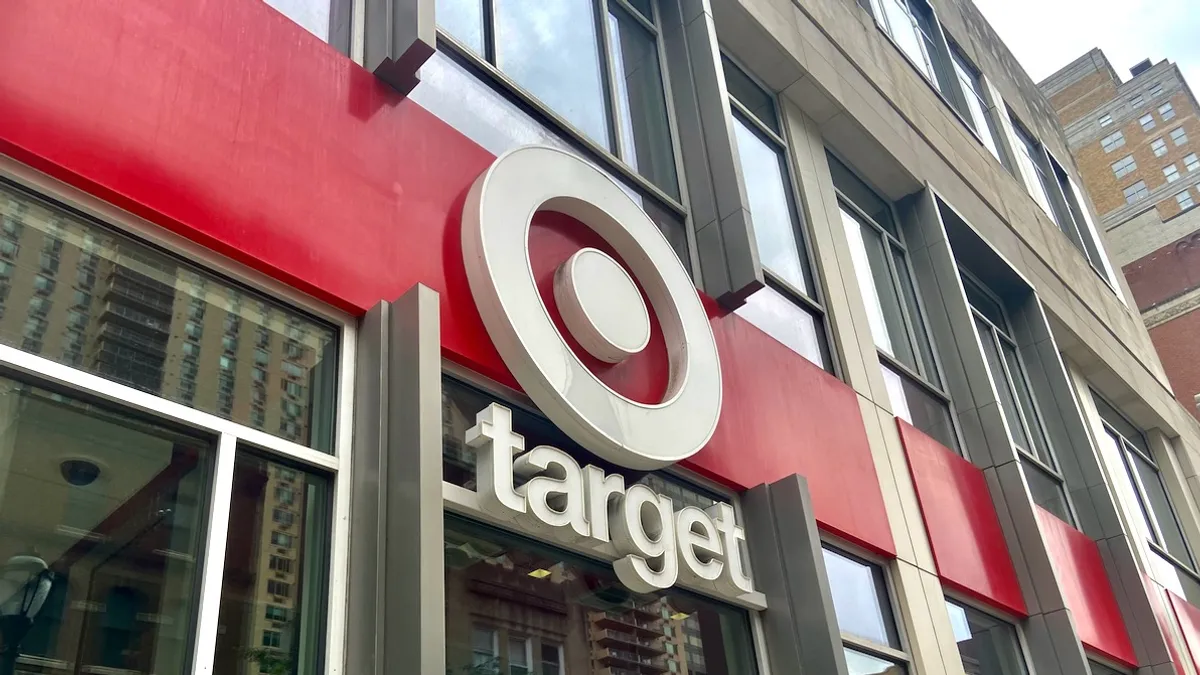Culture. Next to the term “employee engagement,” it’s one of the biggest buzzwords in business today. And, like employee engagement, workplace culture is undergoing a significant shift as companies hustle to stay ahead of a changing business environment.
From the #MeToo movement that’s pushing back against workplace cultures that allow sexual harassment to persist, to a gig economy that’s changing how we work, those tasked with shaping a business’ culture certainly have their work cut out for them. And that’s not to mention the demands created by constantly evolving technology, the need to compete globally, increased customer needs and new expectations from a young, vocal generation of workers.
“Culture is getting elevated more and more, going from a squishy thing to one that is driving business outcomes,” says Mark Sawyier, CEO of Bonfyre, a workplace culture platform. “It’s going to compel a lot of organizations to ultimately drive a better work experience.” Creating an environment where employees feel they belong and that their talent and perspectives are appreciated creates a competitive and strategic value, he told HR Dive.
Righting wrongs
Never before has culture been so much in the spotlight, with the wave of sexual harassment claims aimed at leaders in various industries. These stories don’t just point to individual wrongdoings; they also signal cultures that don't value genuine relationships, Sawyier says. “When you have a good fabric of relationships, people care about each other and care about the company,” he said.
But a culture problem isn’t only evident when a bombshell accusation is levied, and sexual harassment isn’t the only problem plaguing some workplaces. There are cultures of blame and cultures that push employees until they burn out.
Often, many of these issues start subtly. One of the first signs of a workplace culture problem is when a goal or expectation isn’t met, says Dave Kirchoff, vice president at Denison Consulting. “There is definitely a correlation between cultural performance and operational performance,” he said.
Leaders should note if a team member fails to meet a goal, he says. Is it a one-off event or part of a trend? Other signs to watch for are siloed mentalities, a lack of employee empowerment, or a failure to maintain company values or treat others with respect, he says.
Keeping pace
But there’s no need to wait until you have a culture problem to improve, Kirchoff says. “Some want to assess what the culture is like to make sure it’s the type of culture they’re trying to build,” he said.
This is especially important at a time when companies are adopting other changes that alter how employees work. The key, says Sawyier, is looking at business objectives. “What kind of culture is required to support the new way of working in today’s world or the future state of business, a year out? Five years? 10? 20?”
Agility and innovation are frequent answers, Sawyier says. “If you want employees to engage in high performance behaviors that lead to the bottom line outcomes, the next competitive advantage that companies have will be workplace culture, because that drives employee engagement.”
So what are these forces with which you’ll have to contend? They’re sure to change by the day (who knows what 2018’s #MeToo might be), but the experts pointed to a few known variables that are influencing workplace culture right now, including:
- Gig workers/remote workers. With 60% of the workforce estimated to be independent workers by 2027, creating a culture that includes at-home and on-the-go staff will be a challenge.
- Gen Z workers. The youngest generation of employees is entering the workforce and challenging traditional practices for everything, including hiring, benefit plans and management styles.
- Core values. Although this has always been a hot topic, it’s become even more so now as companies face integrity issues, Kirchoff says.
- Culture tools. Kirchoff says more progressive companies will use available and emerging tools to help measure their culture and its effectiveness through organizational assessments, 360 leadership feedback and employee engagement surveys.
- Consolidation of HR tools. As the companies use measurements to gauge progress, they will start consolidating them, says Sawyier, much like a technology stack. This means that even if different HR functions are responsible for various tools, the functions can share results, eliminating silos.
- Digital communications. As technology creates new ways for employers and employees to keep in touch and share experiences, the result may be improved workplace cultures and more innovation, Sawyier says.
At the end of the day, even in light of these new trends, a strong culture still comes back to relationships; building good employer-employee relationships must be the underlying principle. While many companies have moved from the command and control management style, many are still not yet relationship-centric, Sawyier says. “We’re in a transitional phase because a relationship centric culture requires a big shift in how you think, seeing all employees more as partners than assets,” he adds.
But the rewards of transitioning will be worth it, Sawyier says. Relationship-centered cultures will give way to employee-led improvements, as well as employee agility and perseverance — all of which then open the door to an accelerated pace of innovation.



















